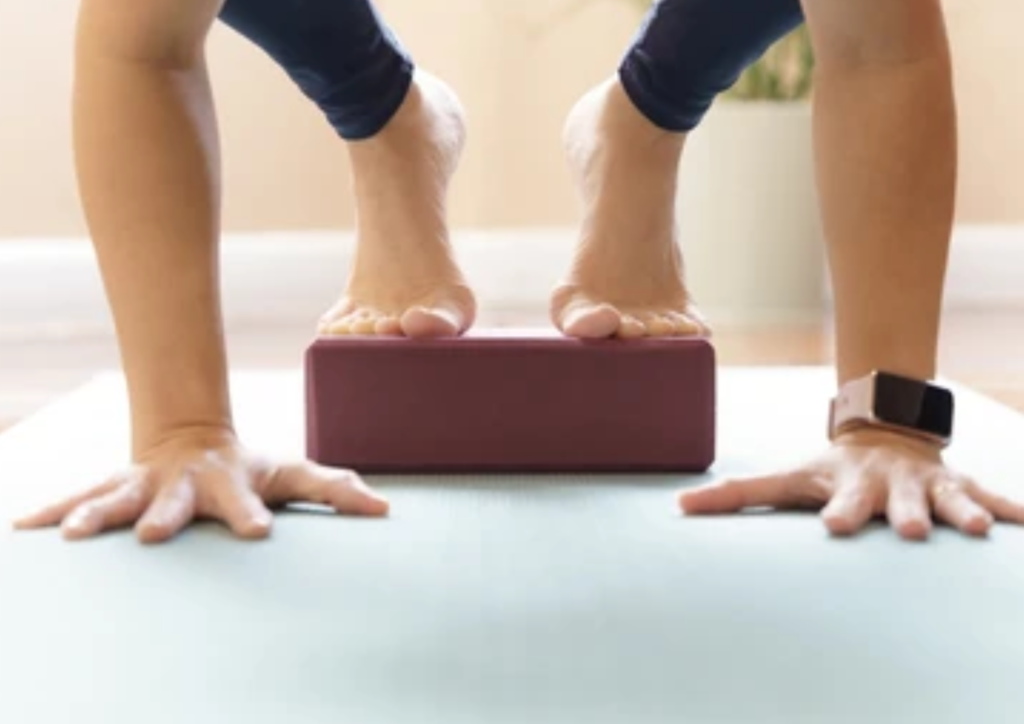Yoga blocks are invaluable tools for enhancing your practice, providing stability, and making poses more accessible. But how many yoga blocks do you need—one, two, or more? The answer depends on your practice goals, personal comfort, and yoga style. In this guide, we’ll explore how different numbers of blocks can support your yoga journey.
Why Use Yoga Blocks?
Yoga blocks make poses safer and more accessible, especially for beginners, by improving alignment and adding stability. They allow you to maintain correct posture in challenging poses, deepen stretches, and support your body in restorative poses. Even advanced practitioners use blocks to refine their alignment and make complex poses more comfortable. With blocks, you can adapt each practice session to suit your needs, enhancing your yoga experience.
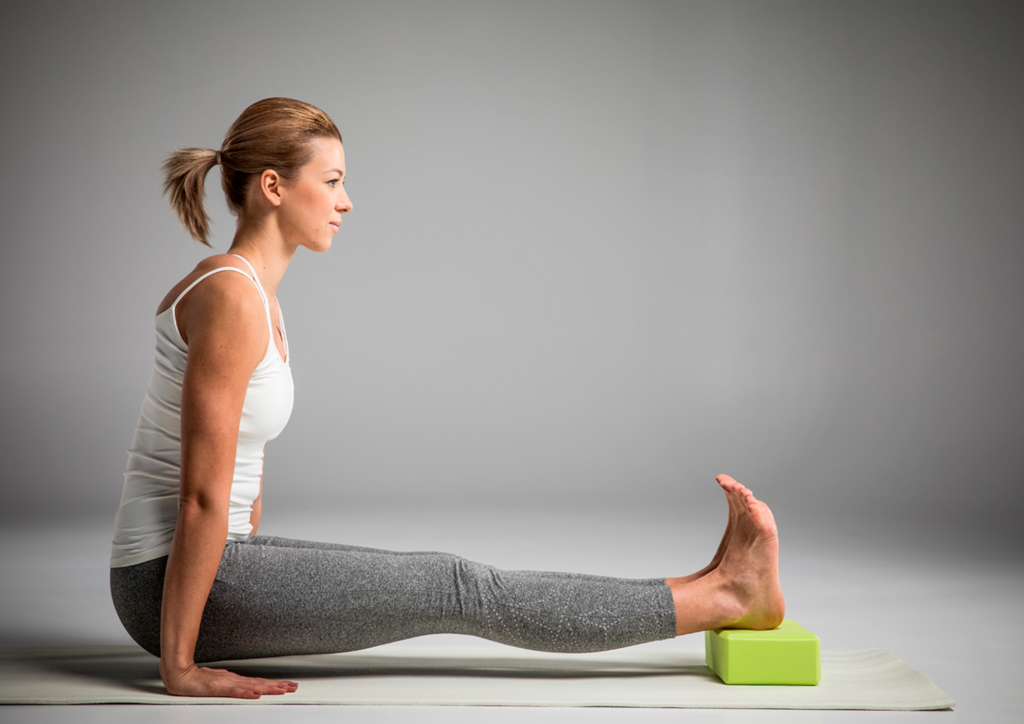
- One Block: Simple Yet Effective
One block can significantly enhance your practice if you’re starting out or on a budget. Here’s how one block can support you:
- In Standing Poses: Place a block under your hand in poses like Triangle (Trikonasana) or Half Moon (Ardha Chandrasana) to help balance and avoid overreaching.
- In Seated Poses: Sitting on a block during poses like Easy Pose (Sukhasana) or Hero Pose (Virasana) lifts your hips, creating a more comfortable seated posture that encourages good spinal alignment.
- Support for Reclined Poses: In a supported Bridge (Setu Bandhasana), a block under the lower back provides gentle support, helping to release tension and allowing you to relax into the pose.
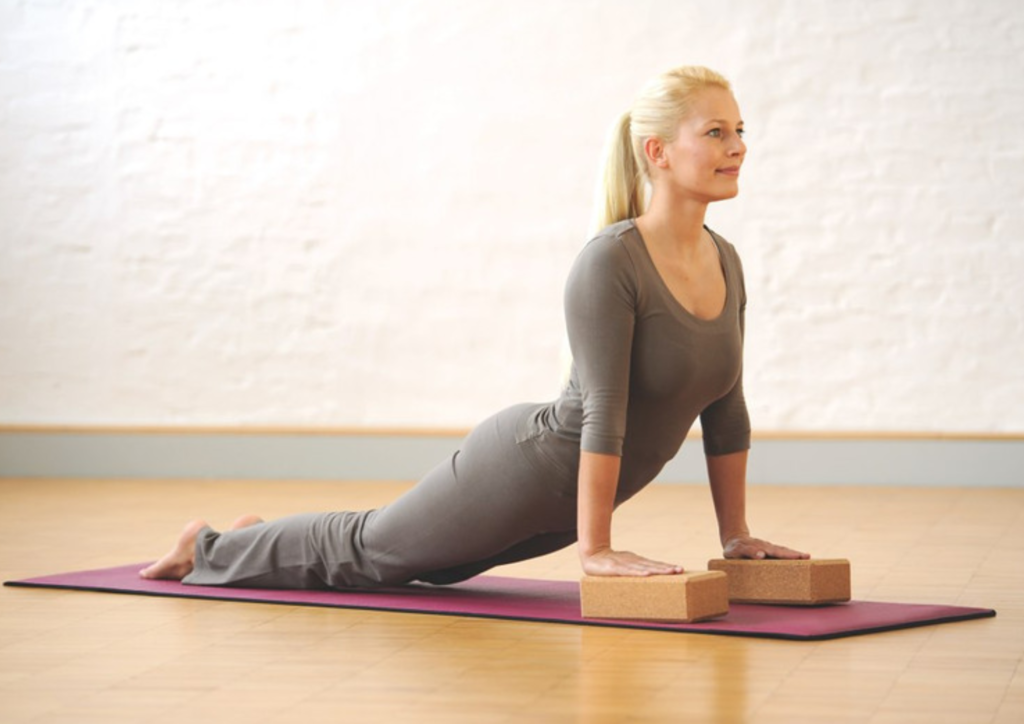
With just one block, you can access essential support that enhances stability, makes seated poses more comfortable, and allows for gentle backbends.
- Two Blocks: Double the Balance and Versatility
Two blocks are often ideal for a more versatile practice. Many yoga instructors recommend this setup, as it allows for balanced support in a wider variety of poses and offers additional stability.
- Even Support on Both Sides: In poses that require balance, such as Camel (Ustrasana) or Wheel Pose (Urdhva Dhanurasana), placing one block on each side provides equal support, which can help you maintain balance as you deepen the stretch.
- Enhanced Stability in Standing Poses: In poses like Forward Fold (Uttanasana) or Downward Dog (Adho Mukha Svanasana), having a block under each hand provides balanced support and stability, making it easier to work on flexibility without compromising form.
- Better Arm Balance Support: If you’re working on arm balance poses like Crow (Bakasana), two blocks can give extra height under your hands, assisting with balance and strength as you develop the pose.
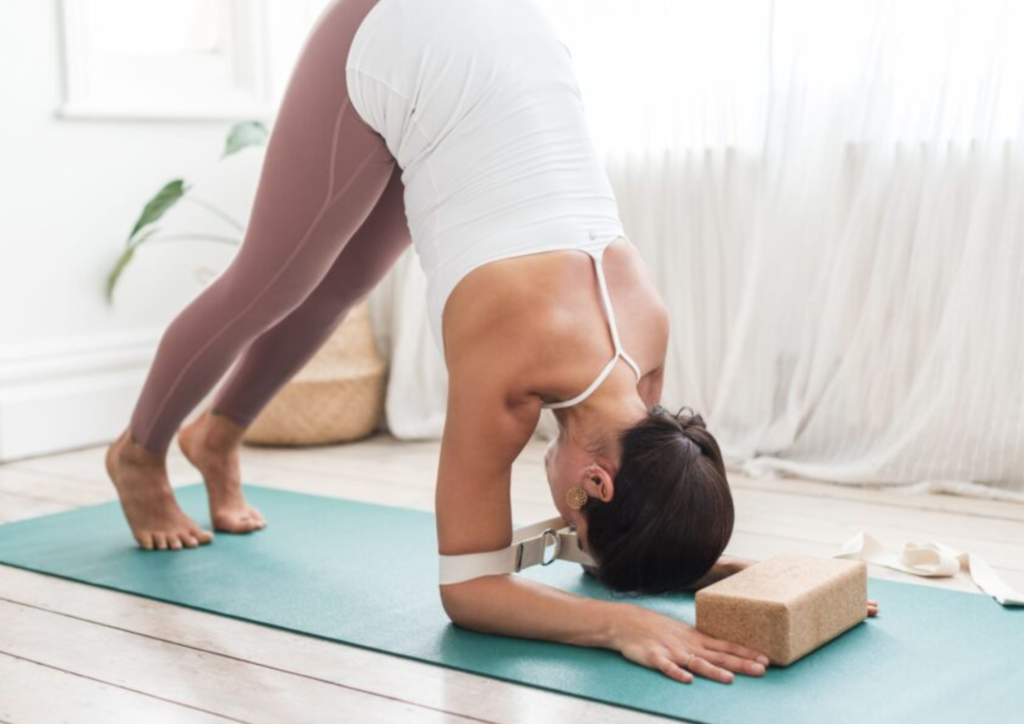
Two blocks offer stability, balance, and the flexibility to experiment with more challenging poses. For most practitioners, two blocks will cover a wide range of needs and support a well-rounded practice.
- Three or More Blocks: Advanced and Restorative Practices
While only essential for some practitioners, advanced yogis or those focused on restorative or therapeutic practices might benefit from three or more blocks. Here’s why:
- Complex Restorative Setups: Restorative yoga often involves multiple blocks to support the body in fully relaxing. For instance, in Supported Fish Pose (Matsyasana), you can use three blocks—one under your head, one under your shoulders, and another under your back—to create a fully supported reclined posture.
- Advanced Poses and Progressive Strength Building: Using multiple blocks can offer more control in challenging poses like Firefly (Tittibhasana). Stacking blocks helps build strength gradually and provides a safe way to progress into full expressions of difficult poses.
- Versatile Elevation Options: In inversions or arm balances, additional blocks can be stacked for height and provide support as you develop the strength and balance required for these challenging poses.
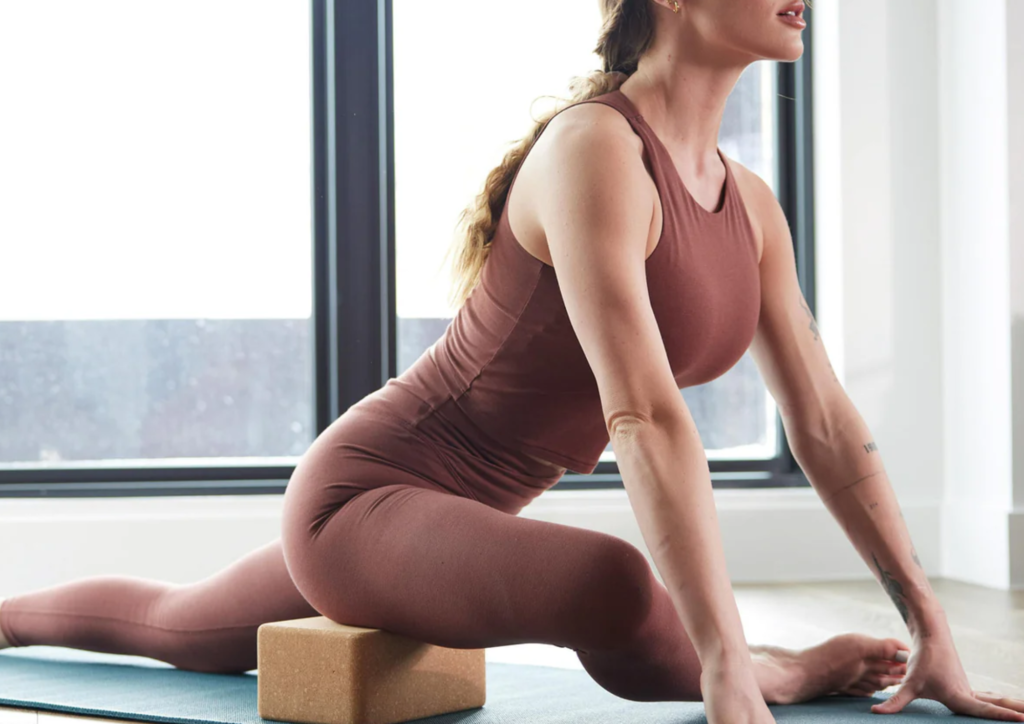
If you practice advanced or restorative yoga, three or more blocks may provide the extra support you need to explore these poses safely.
Choosing the Right Number for Your Practice
The number of yoga blocks you need ultimately depends on your personal goals, practice style, and skill level. Here’s a quick guide to help you decide:
- Beginner Yogis: Start with one block, which offers enough support for basic poses and seated postures.
- Intermediate Practitioners: Two blocks allow for a greater range of support, balance, and stability across various poses.
- Advanced or Restorative Yogis: Three or more blocks are helpful for advanced poses and restorative practices, where additional support is often necessary.
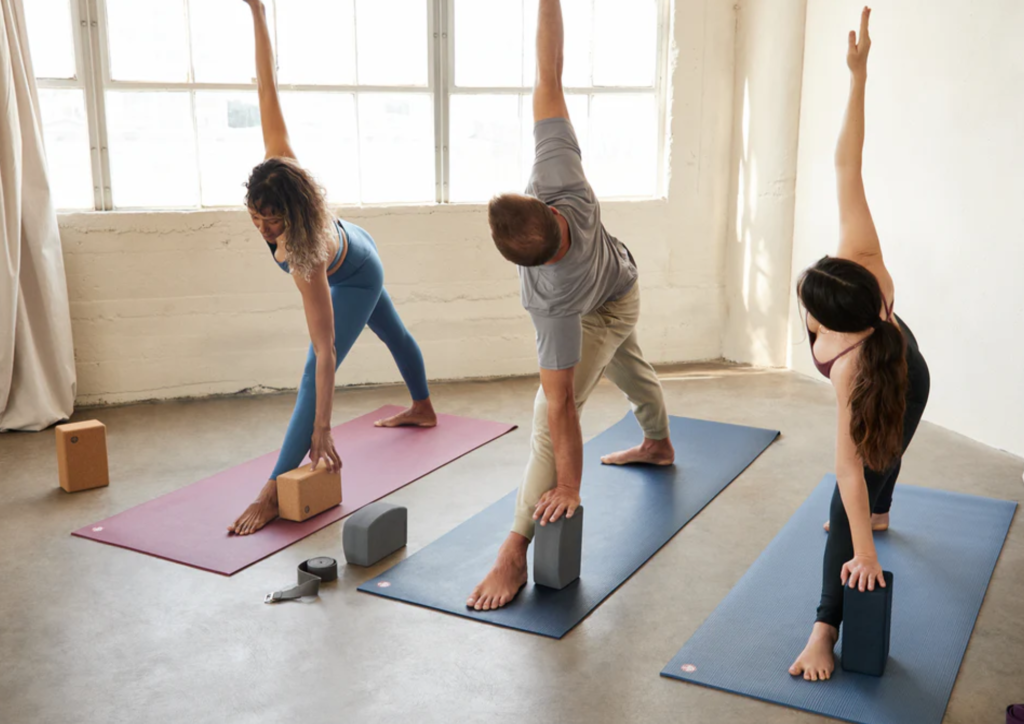
Invest in Your Practice
Yoga blocks are more than simple props—they’re versatile tools that offer support, stability, and enhanced alignment at every level. Whether you choose one block or several, each block supports you in creating a more stable, safe, and enriching yoga practice. Start with what feels right, and let your practice evolve as you grow.

